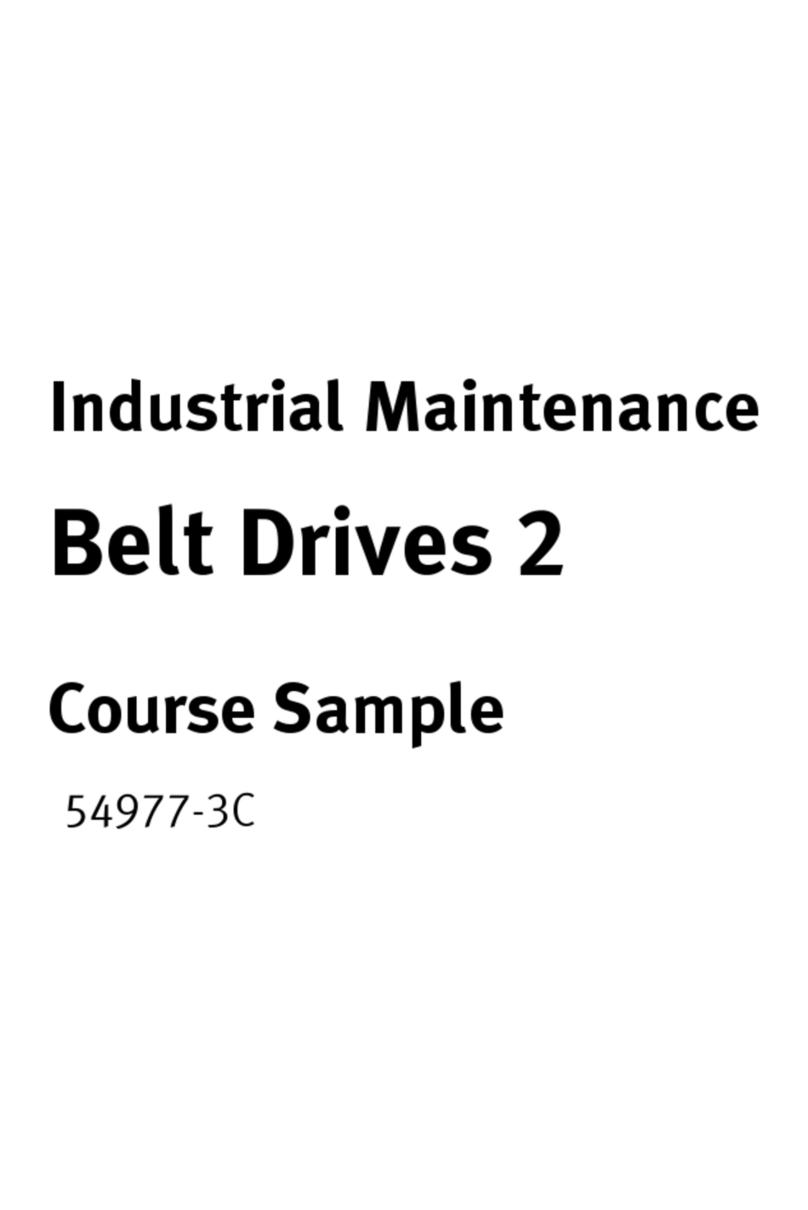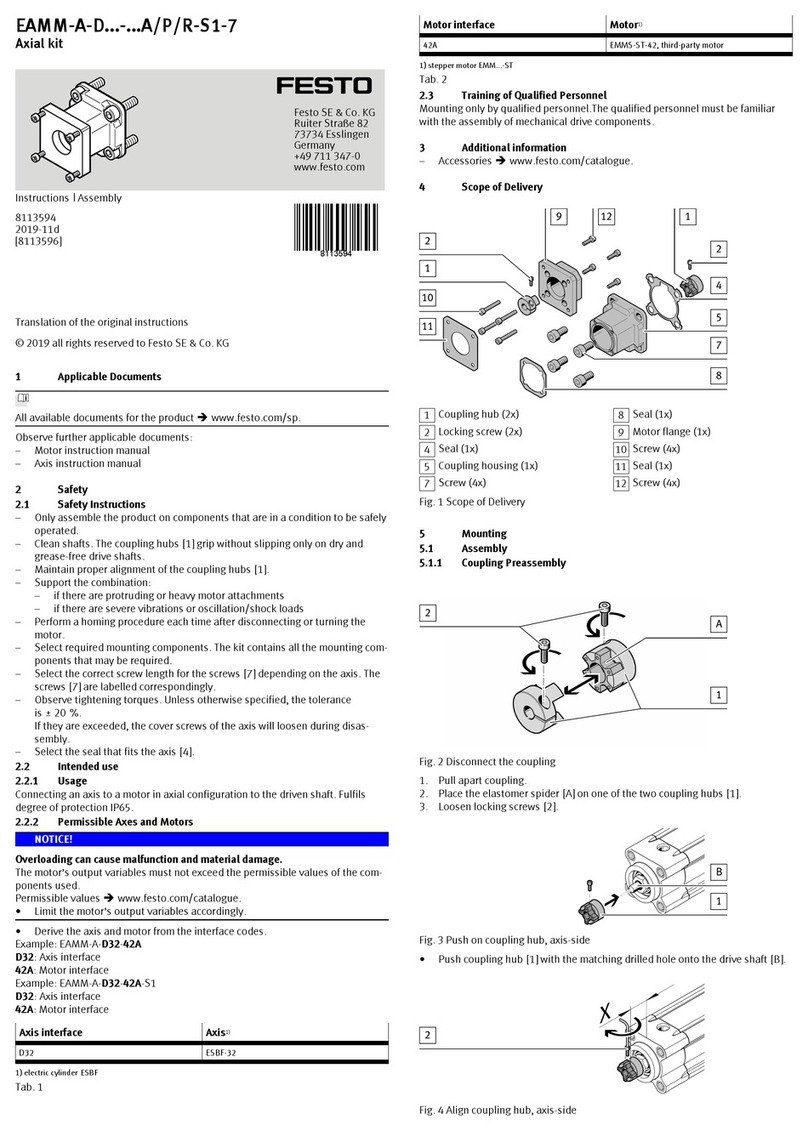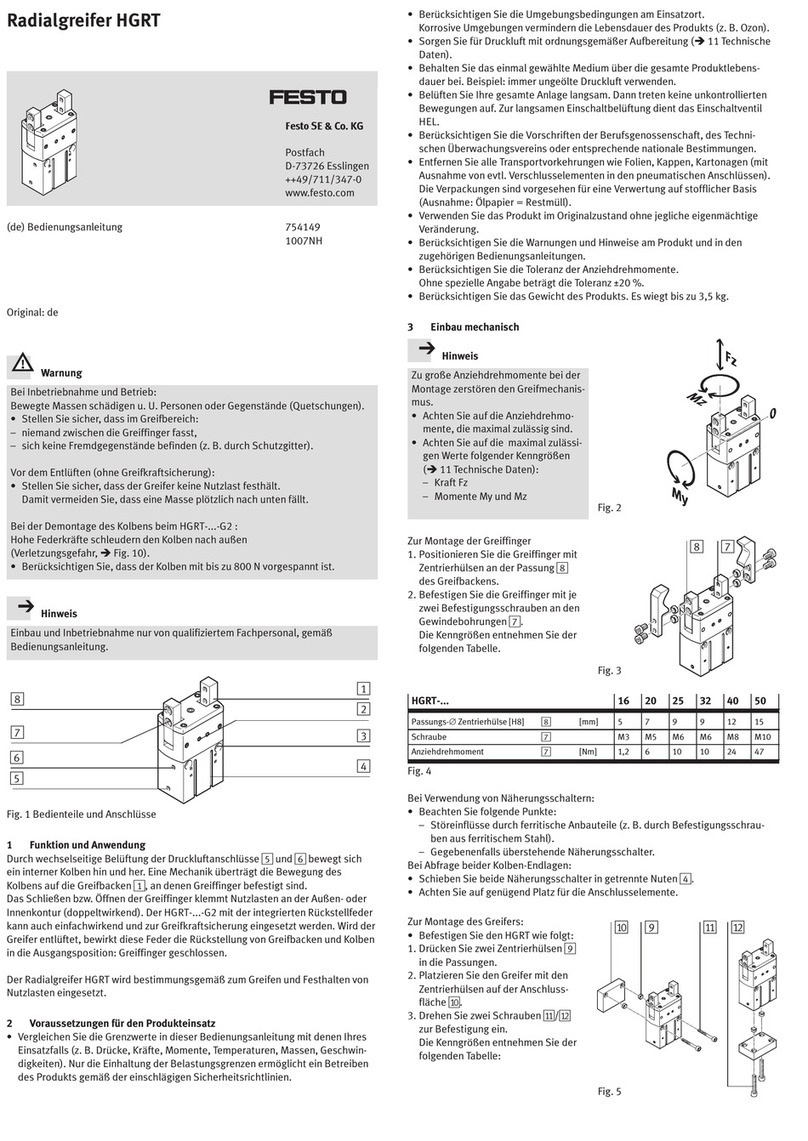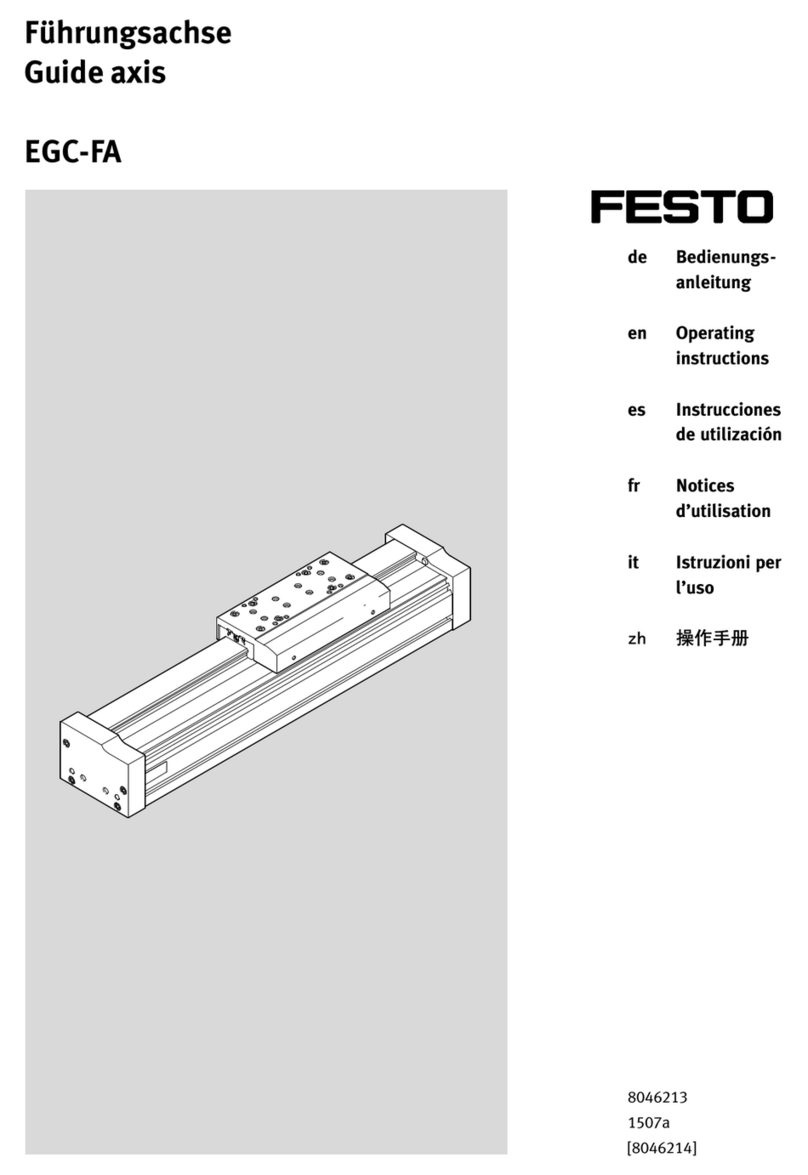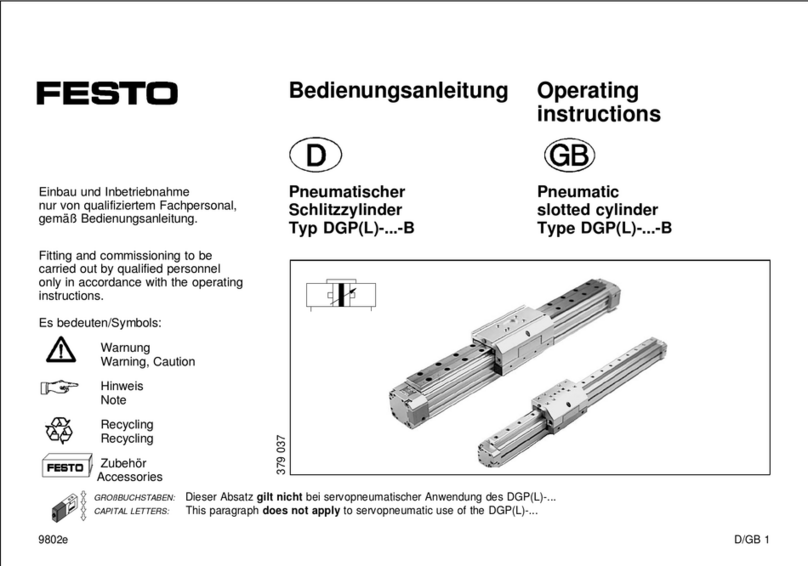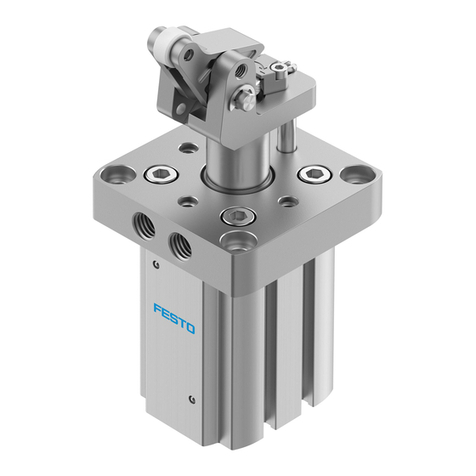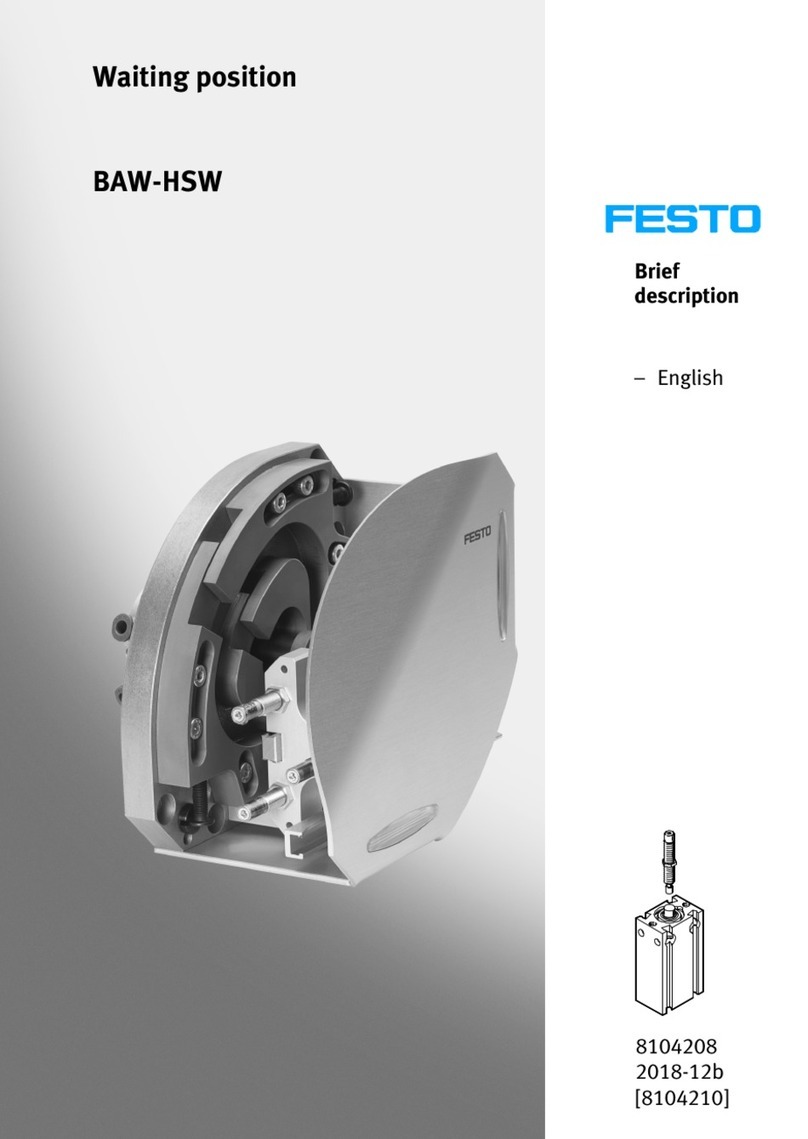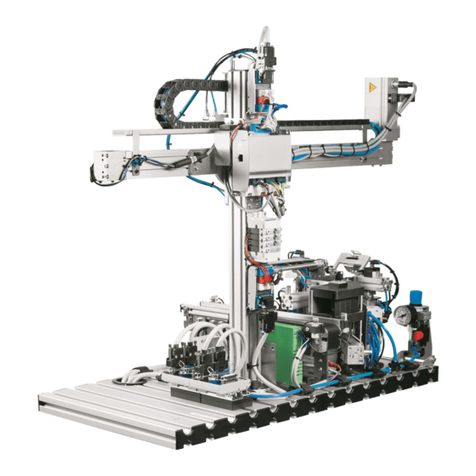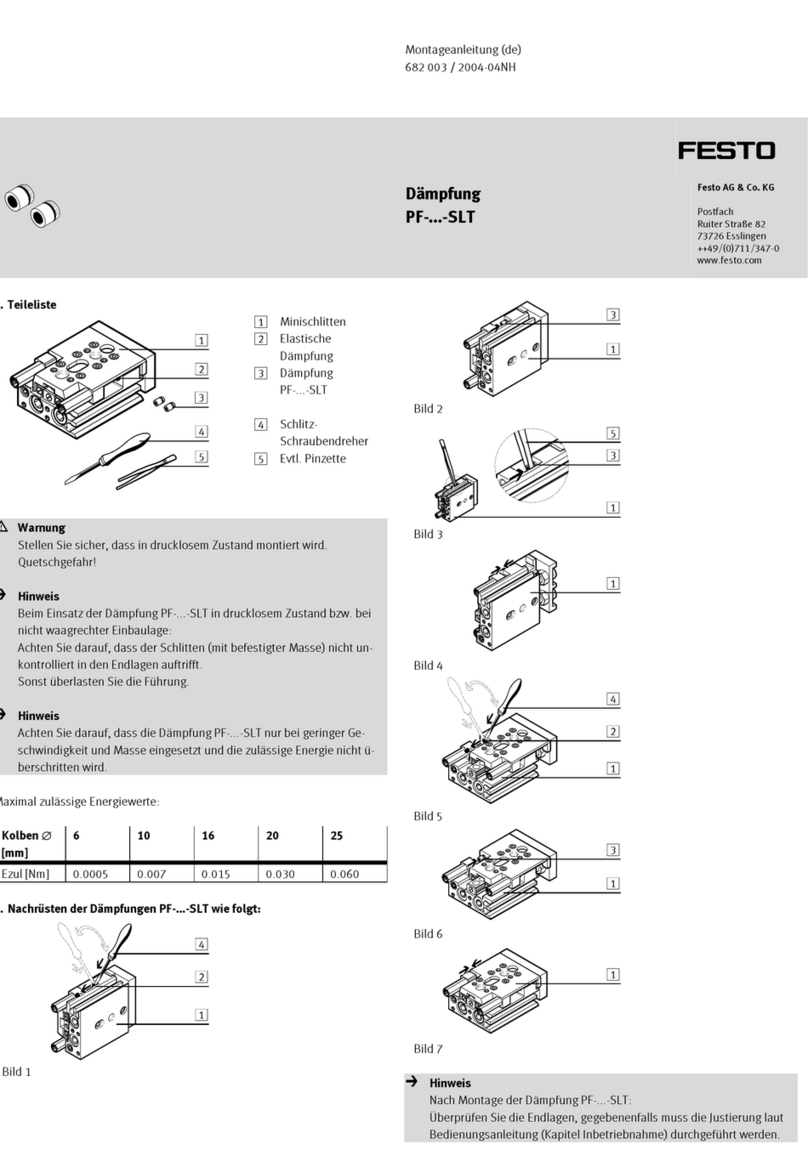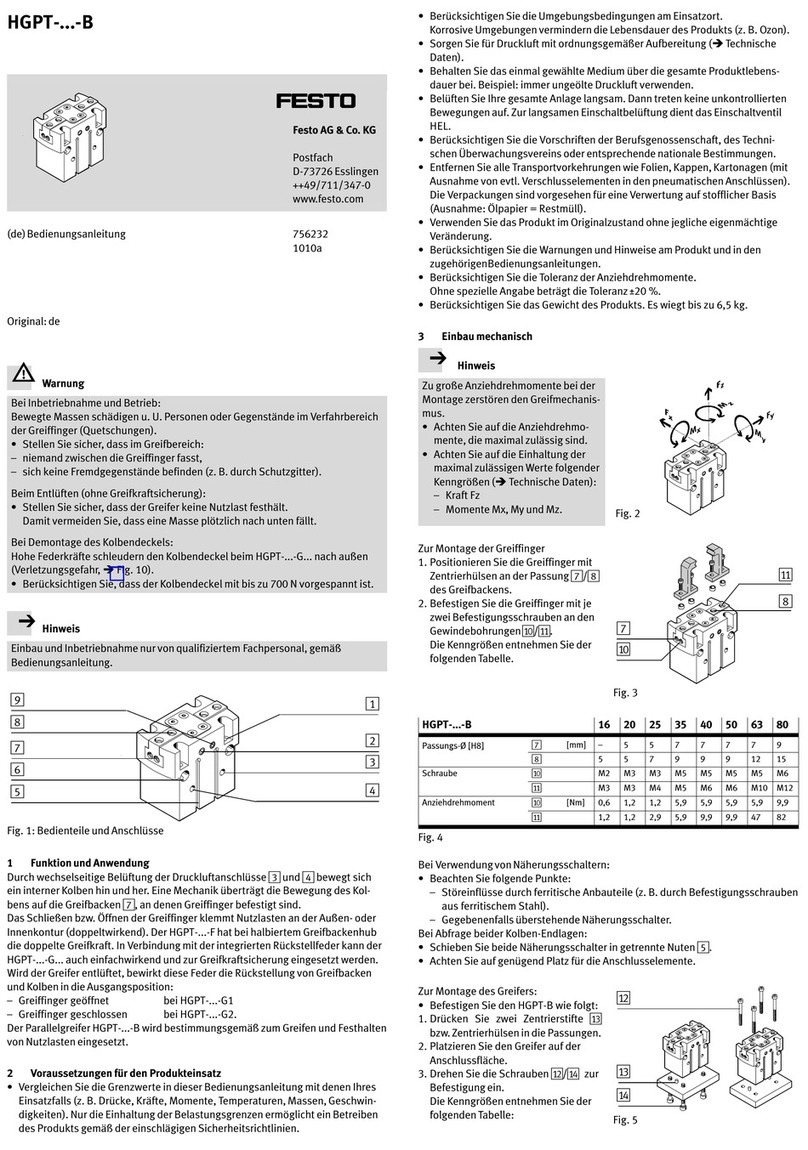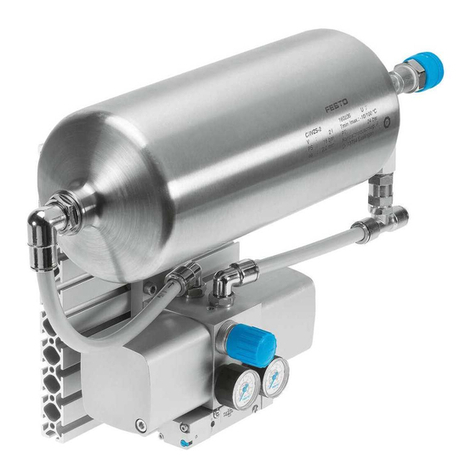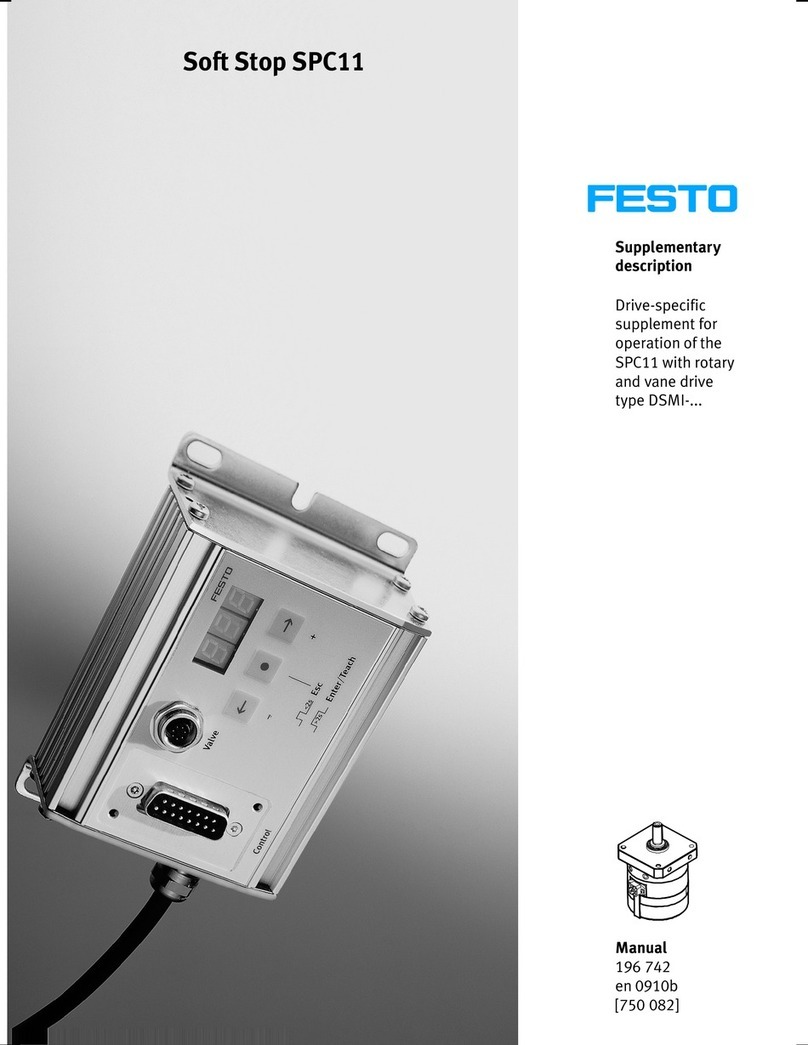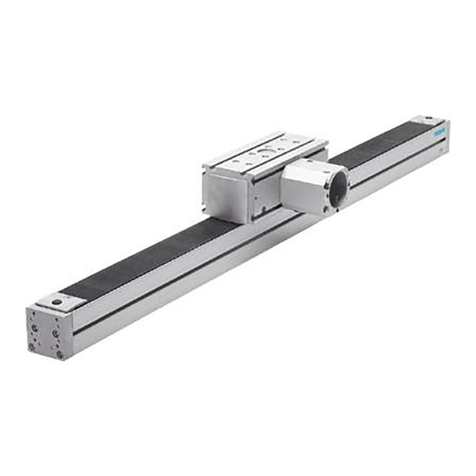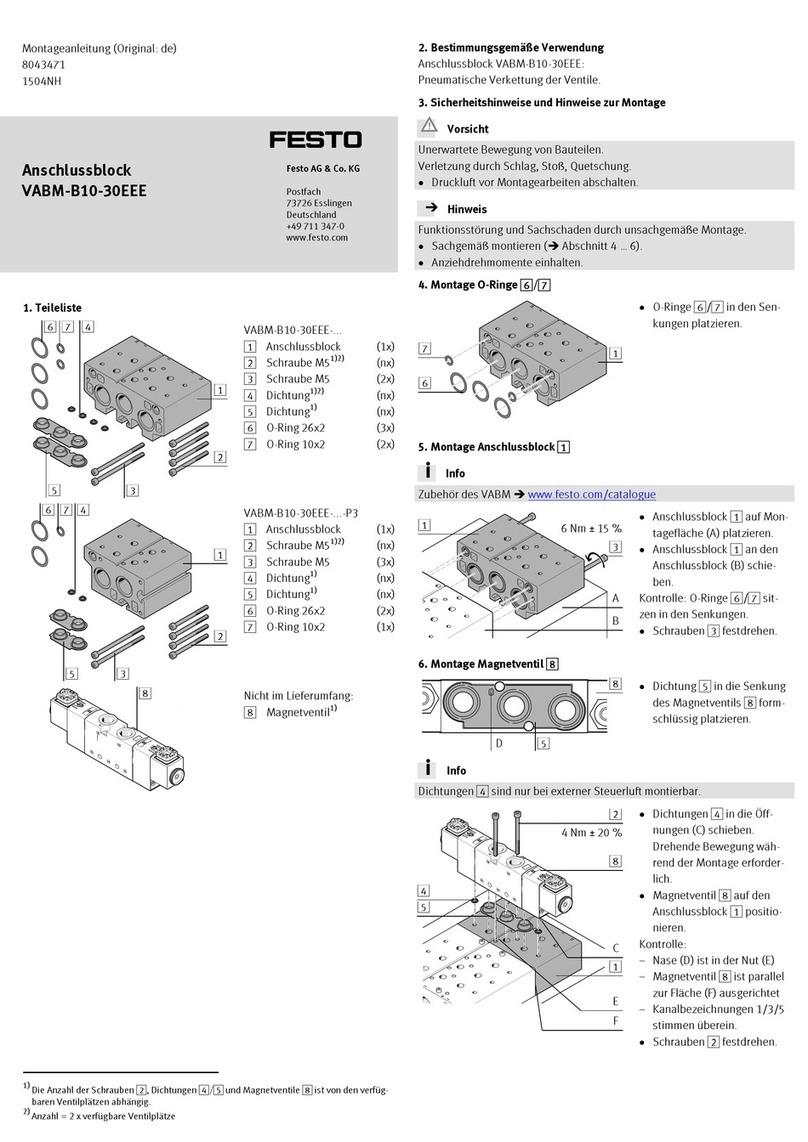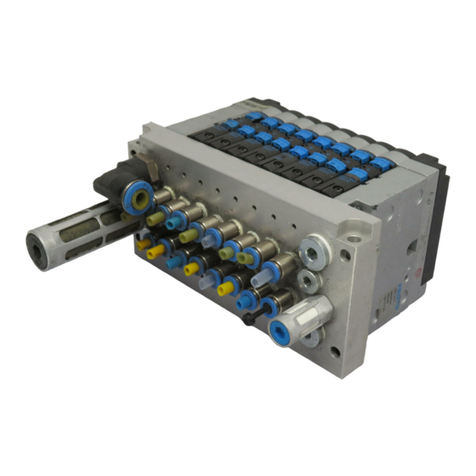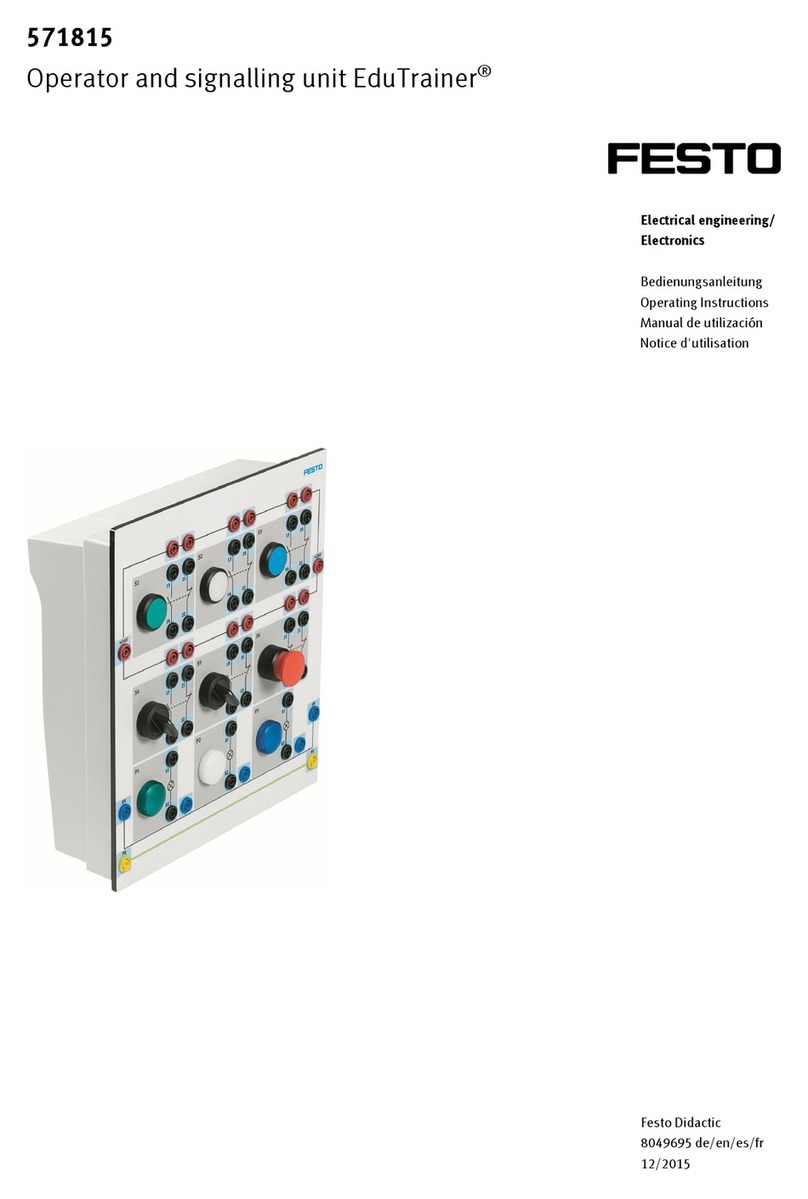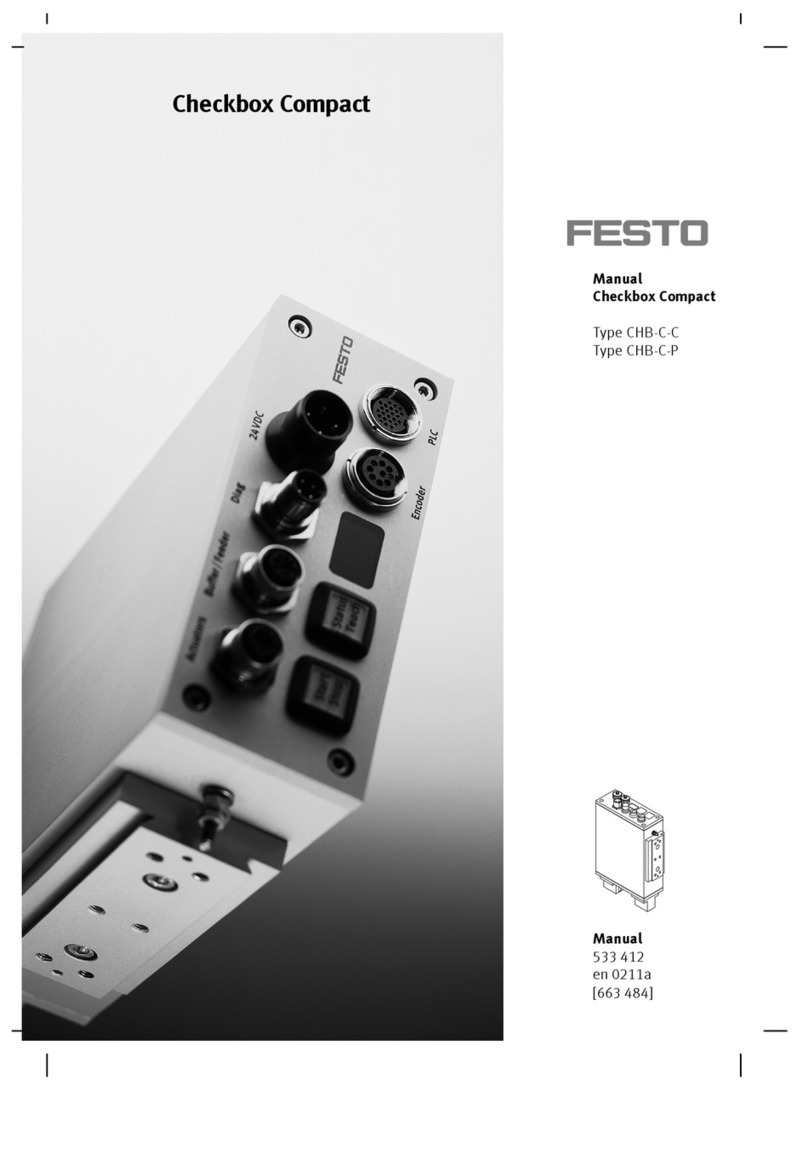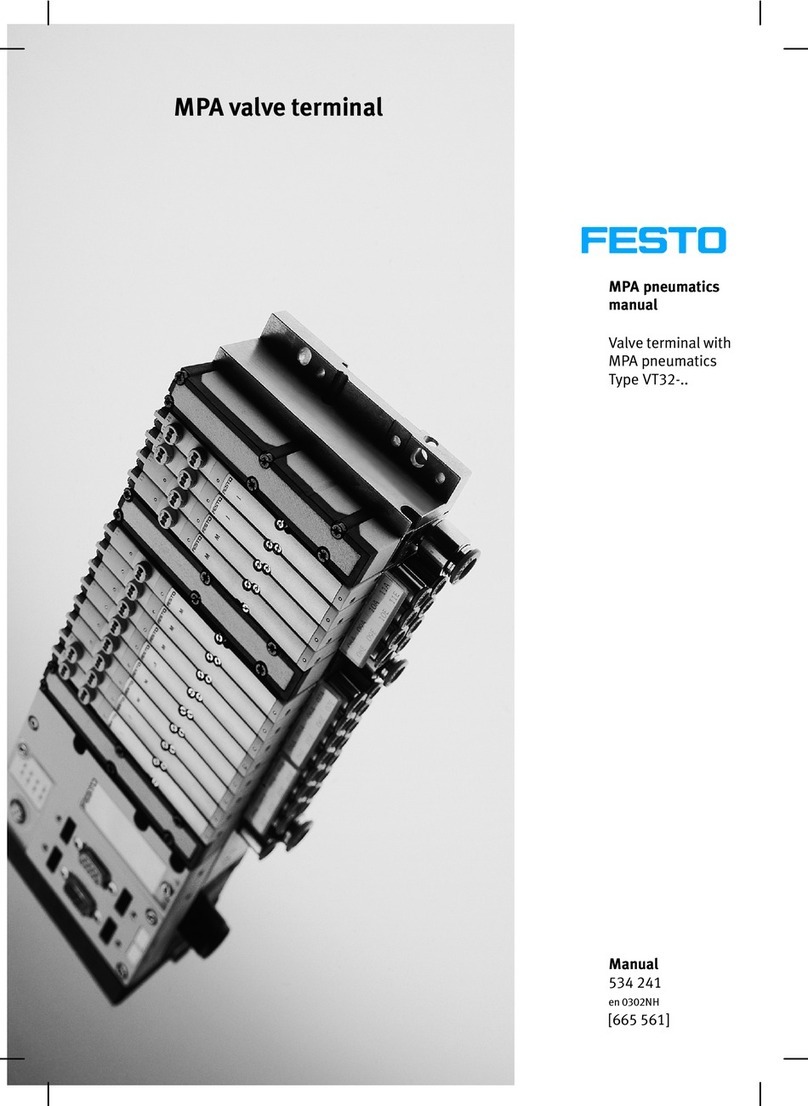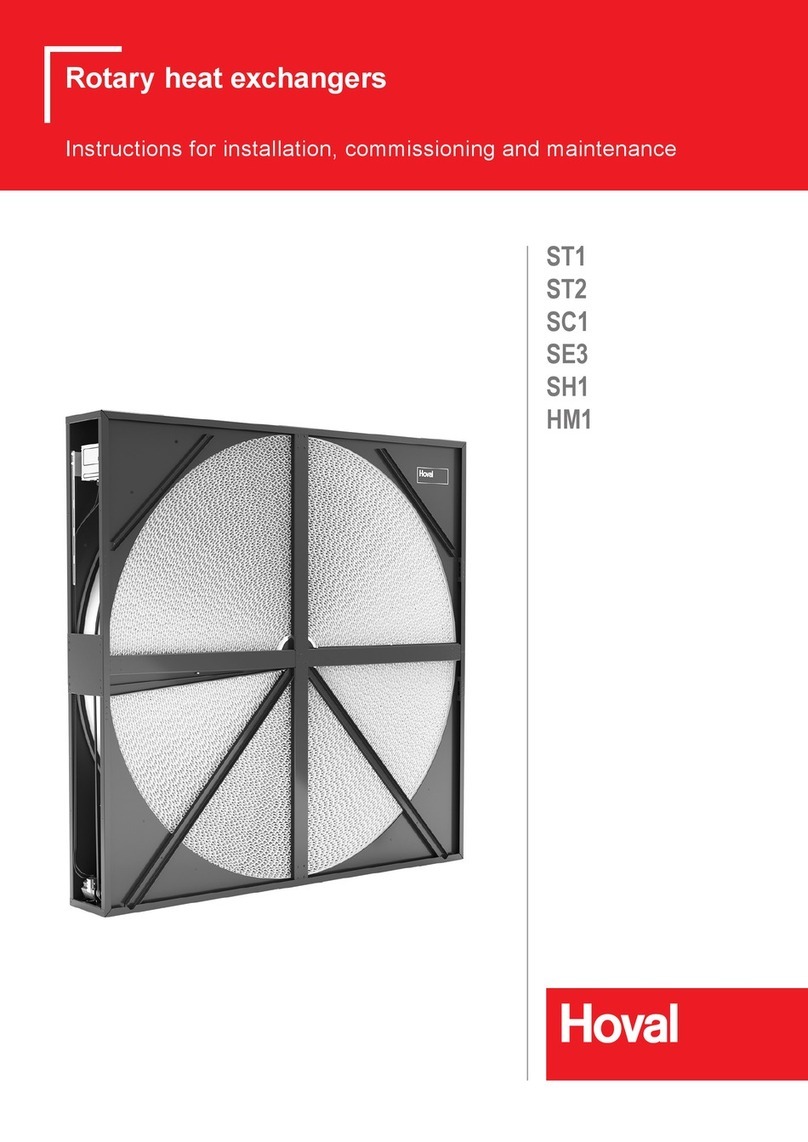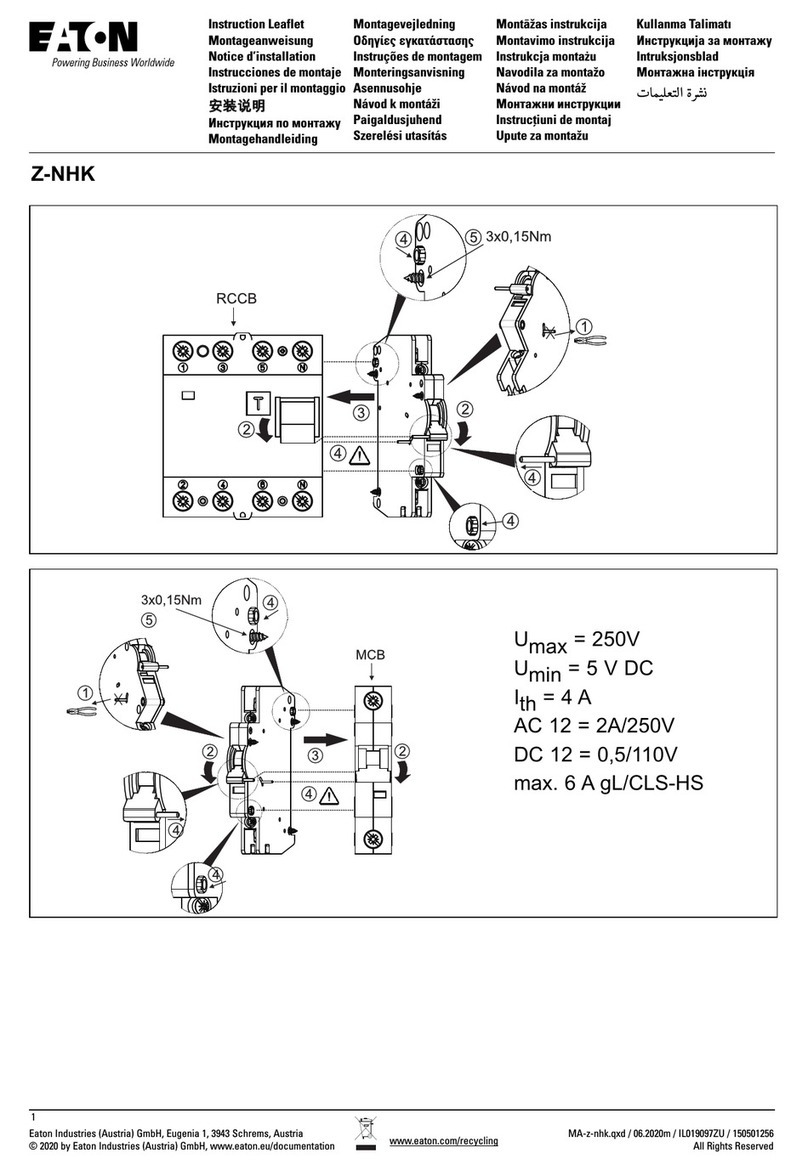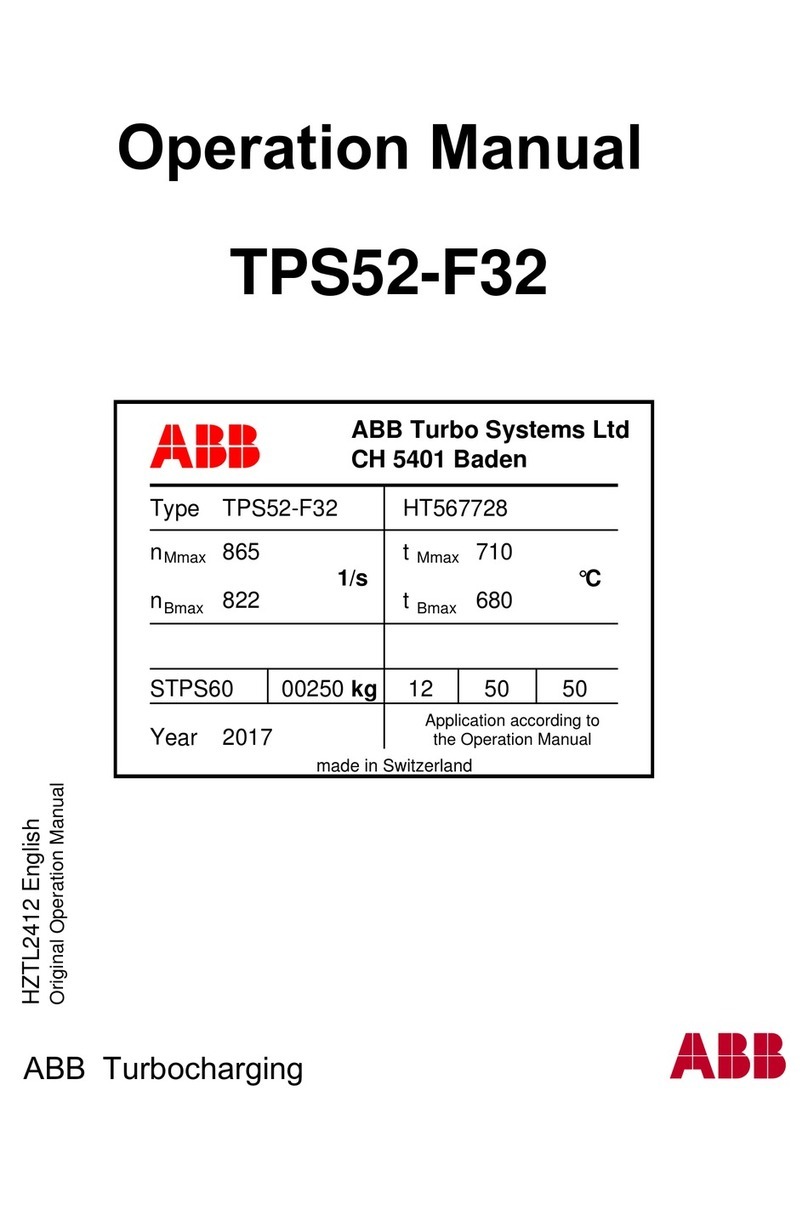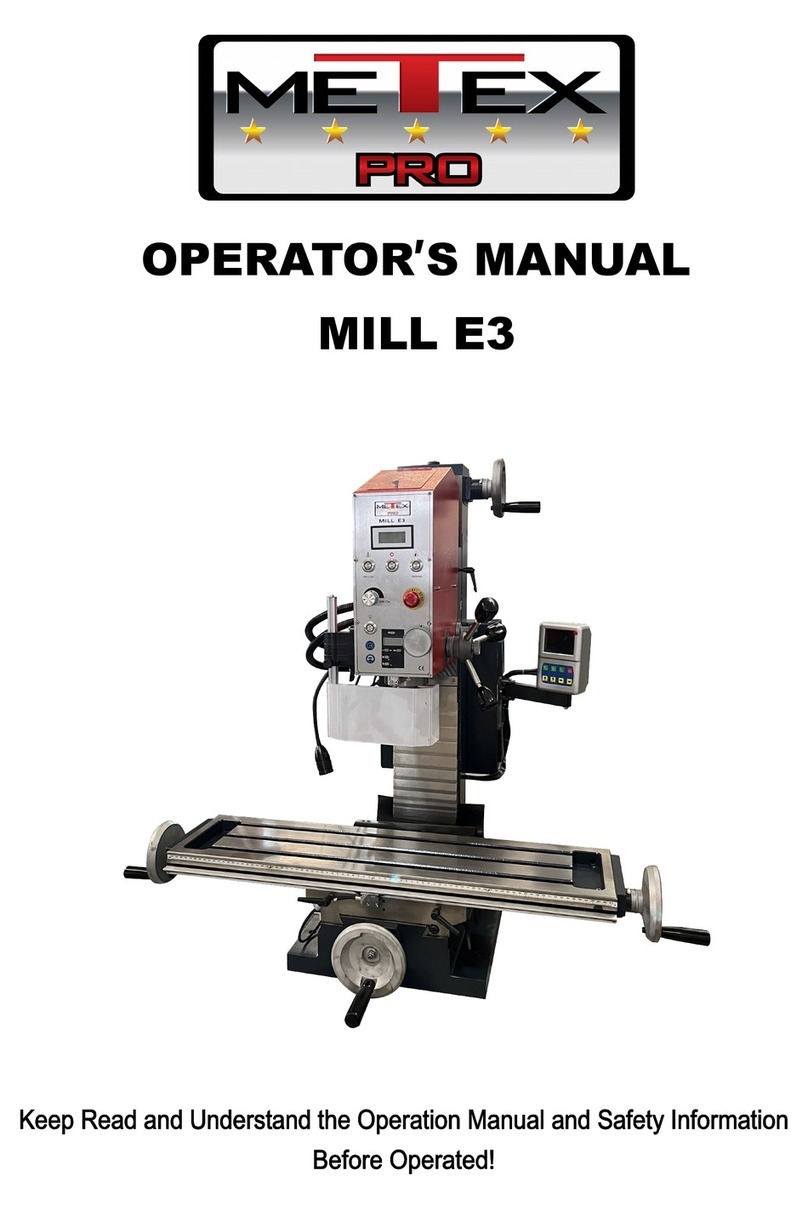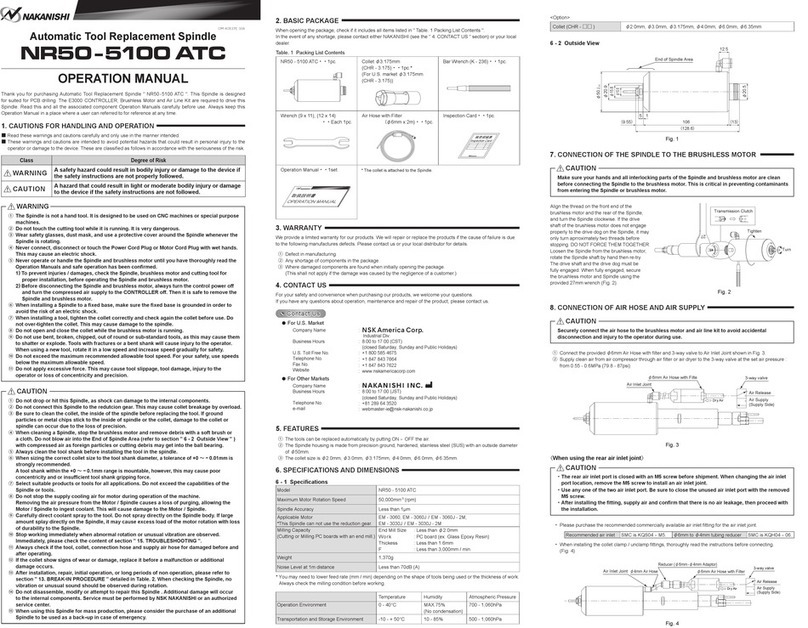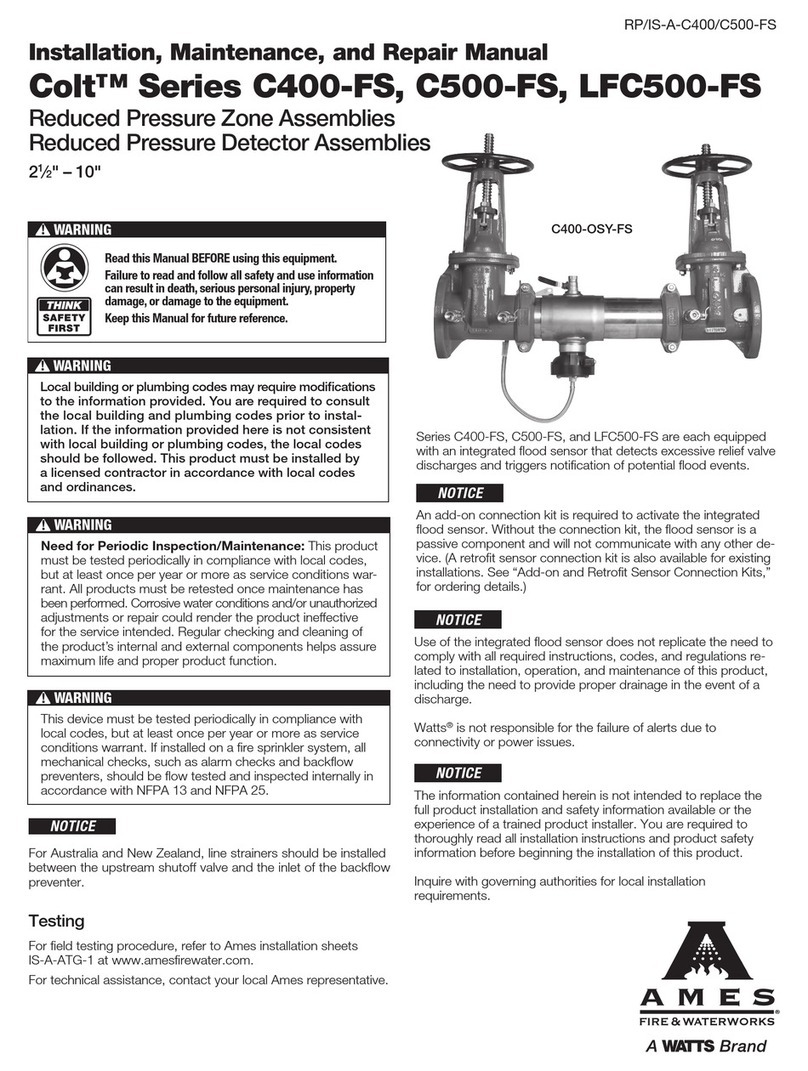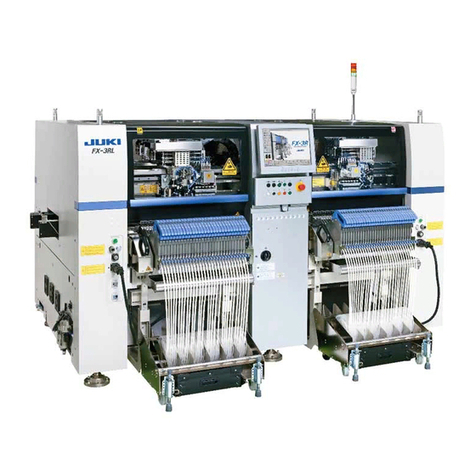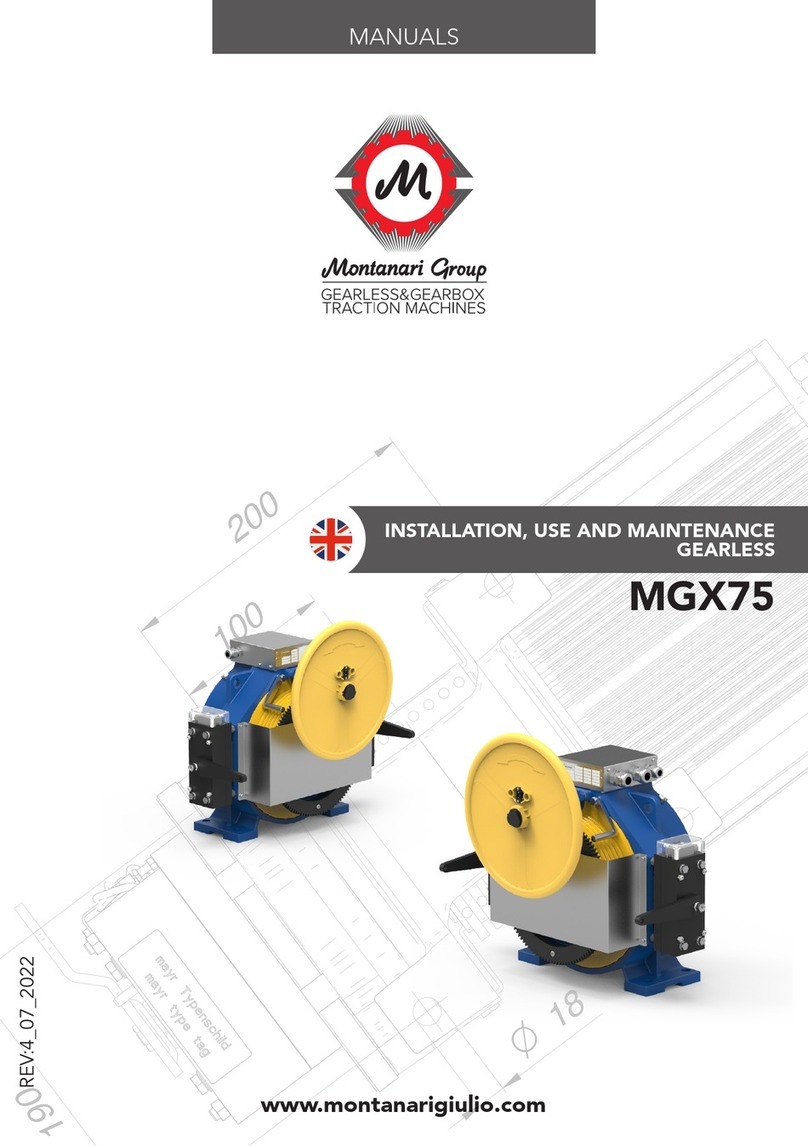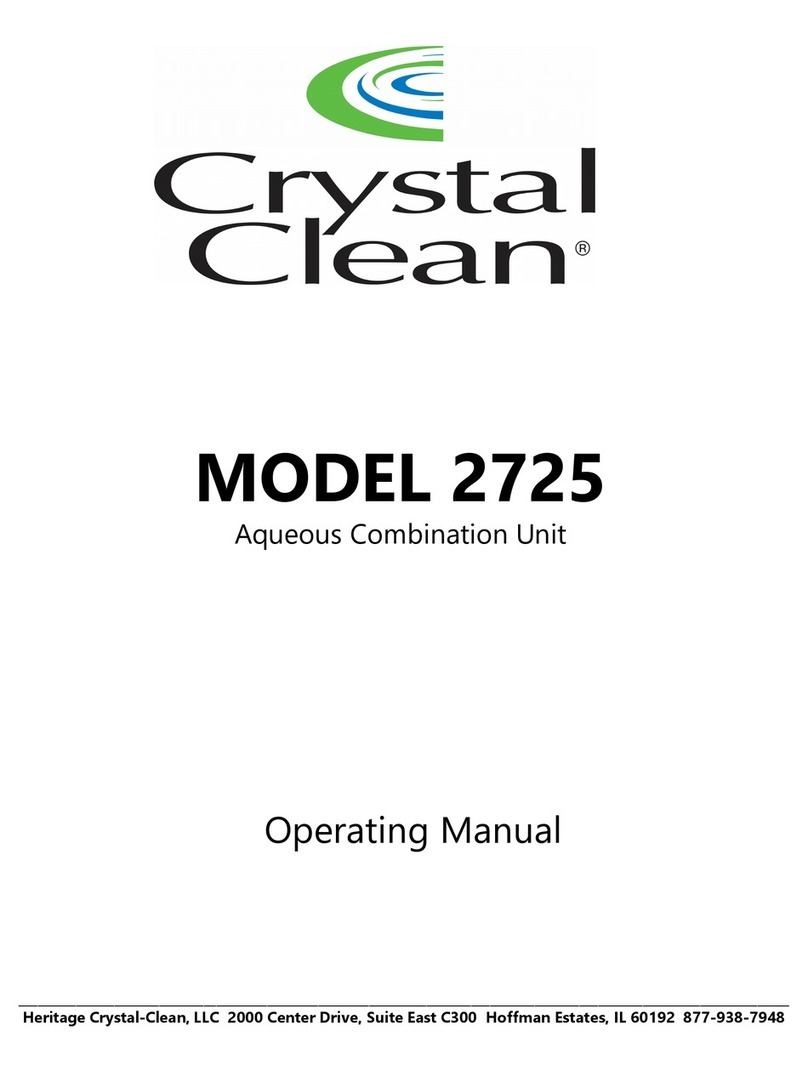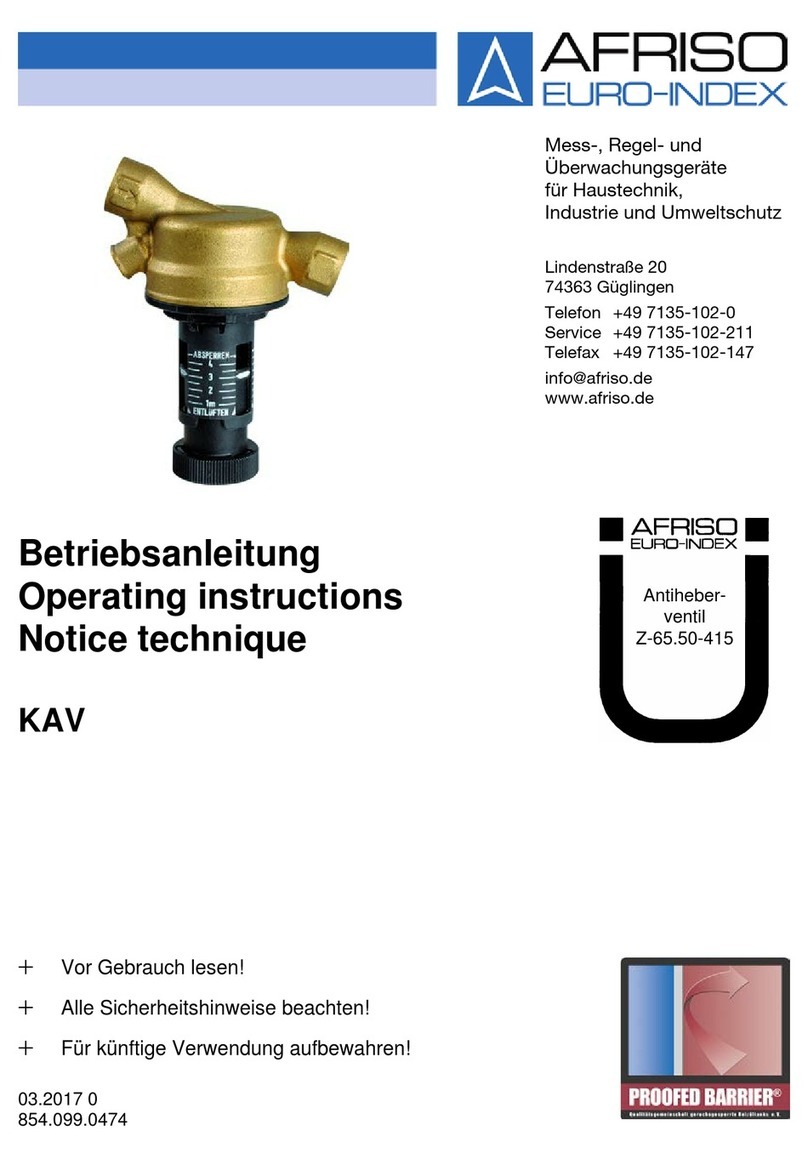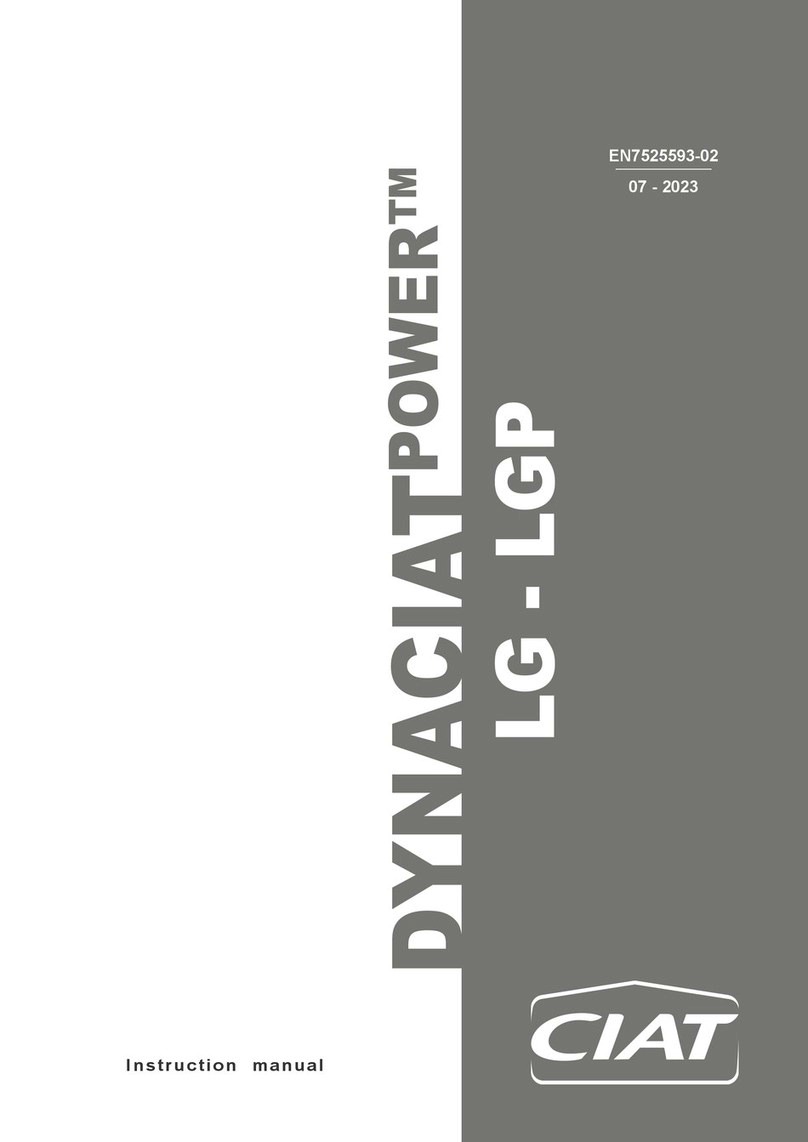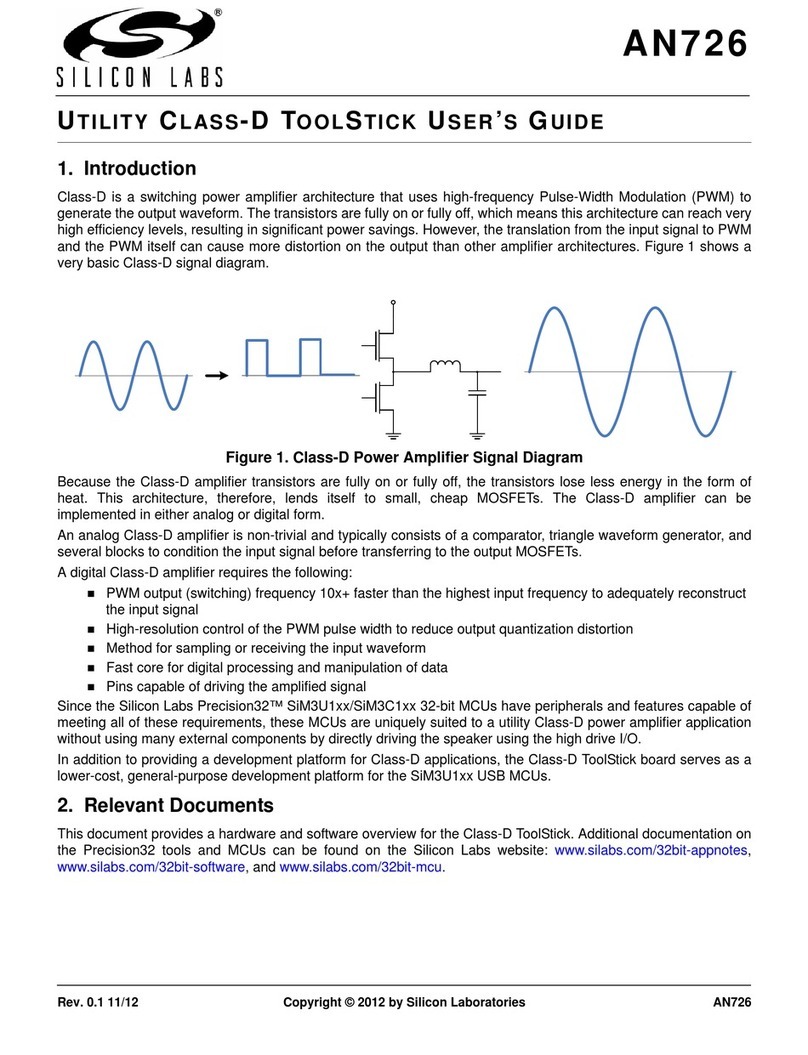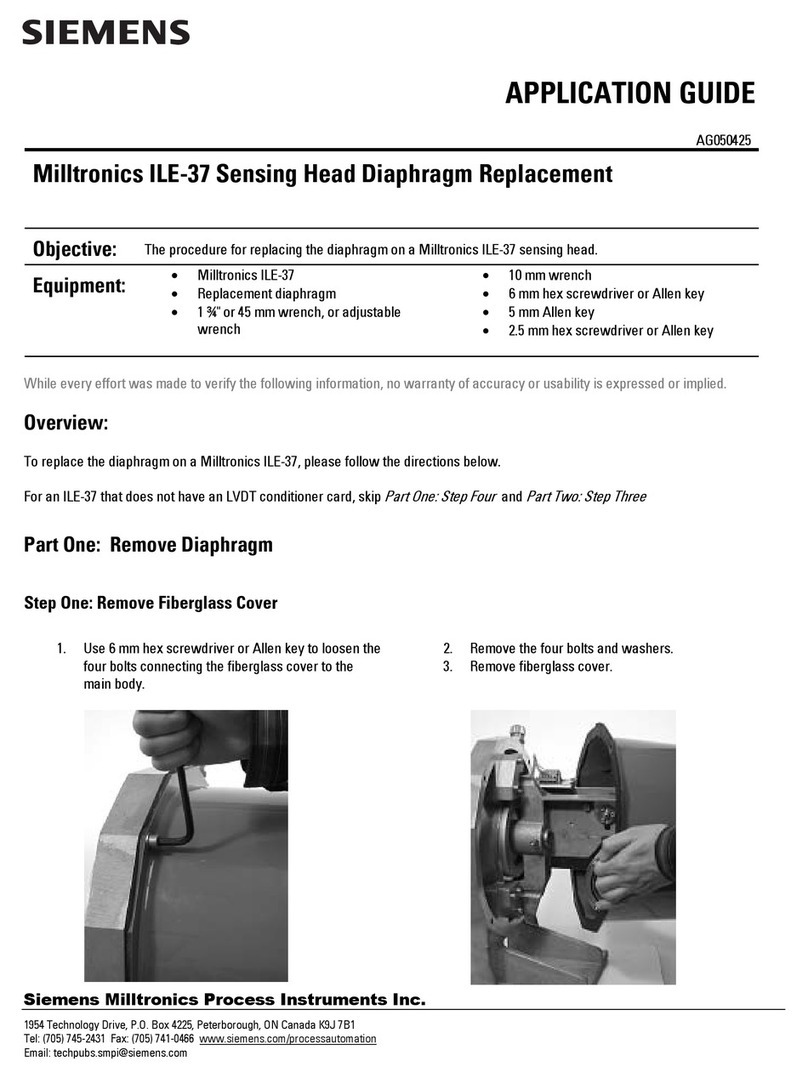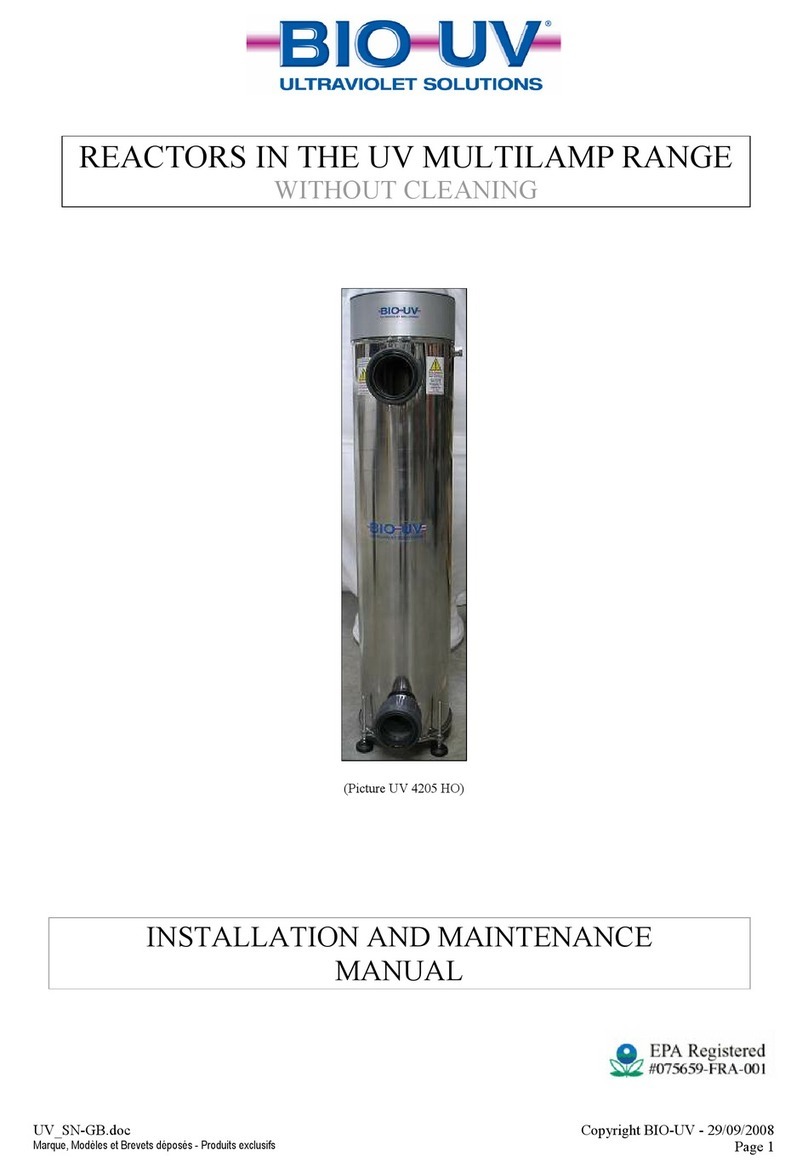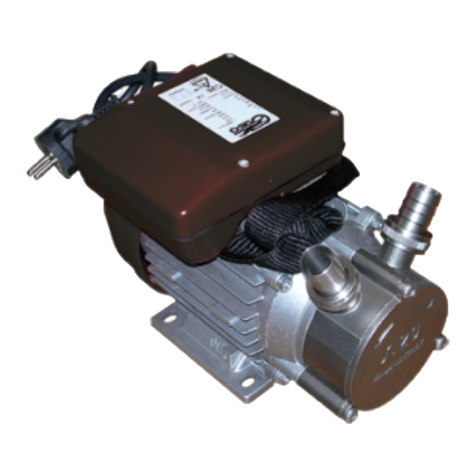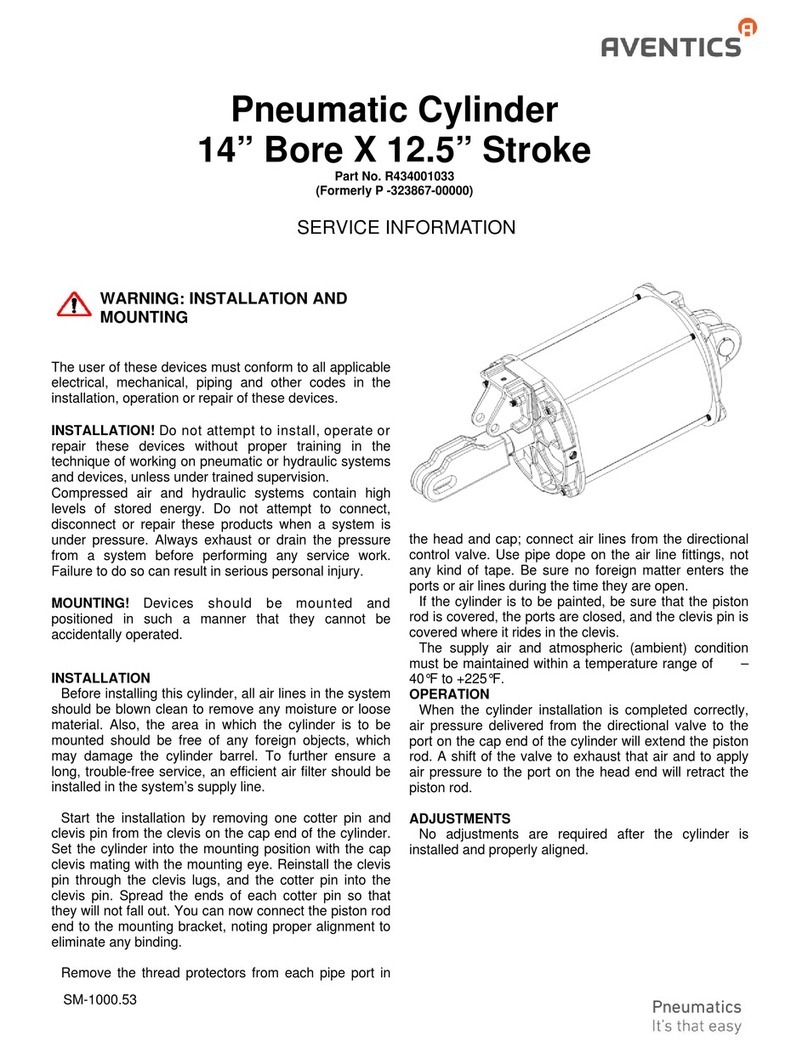
7.2 Performing commissioning
Block-shaped acceleration profiles (without jerk limitation) can have the following
effects:
• High mechanical loads on the lead screw due to high force peaks.
• Overshooting effects during positioning.
• Rise of the entire system.
Recommendation: reduce high force peaks in the acceleration and deceleration
phases by using the jerk limitation.
When the motor is removed, the motor encoder loses its absolute reference to the
reference mark (e.g. by turning the motor drive shaft).
• Carry out a homing run after every motor mounting in order to establish the
absolute reference between the motor encoder and the reference mark.
Running noises during operation
Identically constructed axes can generate different running noises depending on
the parameterisation, mode of operation, type of mounting, installation environ-
ment and components.
For use with reduced particle emission:
• Clean product è 9.3 Cleaning.
Requirement
–Mounting of the drive system checked.
–Installation and wiring of the motor checked.
–No foreign objects in the movement space of the drive system.
–Max. permissible feed force and drive torque not exceeded as a function of
acceleration, deceleration (e.g. stop function, quick stop), velocity, moving
mass and mounting position.
–No mechanical overload of the axis and dynamic setpoint deviation not
exceeded (e.g. overrunning the end position) due to force and torque peaks
or overshoot effects.
Limit overloads and overruns by jerk limitation, lower acceleration and deceler-
ation setpoints or optimised controller settings.
–Control and referencing movement at reduced velocity, acceleration and decel-
eration setpoints.
–No test drive to mechanical end stops.
–Software end positions do not lie within the effective range of the mechanical
stops.
Steps Purpose Note
1. Check travel Determining the direction of
travel of the slide
–The direction of movement of the slide
for positive and negative position values
depends on the mounting position of the
motor on the axis.
–Set a required reversal of direction of rota-
tion via parameters in the controller or
controller.
2. Homing Determination of the reference
point and adjustment of the
dimensional reference system
–During the initial start-up pro-
cedure
–After replacement of the motor
Permissible reference points:
–towards reference switch.
Travel at reduced velocity è Technical data.
Further information è Instruction manual of
the drive system, è www.festo.com/sp.
3. Test run Checking the operating condi-
tions
Check application requirements:
–Slide travels through the complete travel
cycle in the specified time.
–Slide stops moving when a limit switch is
reached.
After a successful test run, the drive system is ready for operation.
Tab. 8: Commissioning steps
8 Operation
WARNING
Risk of injury due to unexpected movement of components.
• Protect the positioning range from unwanted intervention.
• Keep foreign objects out of the positioning range.
•Perform commissioning with low dynamic response.
9 Maintenance
9.1 Safety
WARNING
Unexpected movement of components.
Injury due to impacts or crushing.
• Before working on the product, switch off the control and secure it to prevent it
from being switched back on accidentally.
9.2 Checking axis elements
Checking reversing backlash
• Check the reversing backlash of the slide at every maintenance interval
(e.g. lubrication interval).
If the max. permissible reversing backlash is exceeded, the axis should be
replaced.
Size 90 120 160
Max. permissible reversing
backlash
[mm] 0.15
Tab. 9: Max. permissible reversing backlash
9.3 Cleaning
–If the guide rail is dirty, clean it with a clean, soft and lint-free cloth without
cleaning agents and then apply the lubricant thinly to the guide rail.
–Clean the other product components with a clean, soft cloth and non-abrasive
cleaning agents.
For use with reduced particle emission:
–Remove abraded particles and dirt from the product:
–Prior to initial commissioning.
–Regularly during operation.
9.4 Lubrication
Lubrication interval and accessories
NOTICE
The lubrication interval Sint is dependent on the load acting on the product.
Load factors include e. g.:
• Dusty and dirty environment
• Nominal stroke > 2000 mm or < 300 mm
•Speed > 2 m/s
• Ambient temperature > +40 °C
• Service age of product > 3 years
• Travel profile matches triangular operation (frequent acceleration and braking)
If one of these factors applies:
•Halve lubrication interval Sint.
If several factors apply at the same time:
• Divide service interval Sint by four.
Lubrication Ball screw drive BS
Recirculating ball bearing guide
Guide rail
Lubrication interval –Calculate the comparative loading factor
fv using the formula for combined loads
è 12.1 Technical data, mechanical.
–Lubrication intervals Sint as a function of the
load comparison factor fv can be taken from
the diagram.
If required, e.g. if
the grease coating is
insufficient.
Accessories è www.festo.com/spareparts
Lubrication point Lubrication nipple Interface
Lubricant Roller bearing grease LUB-KC1Elkalub VP 922
Grease gun Pressure grease gun with pinpoint nozzle LUB-1, 647958
Lubrication adapter, axial outlet, LUB-1-KE,
744167
–
Tab. 10: Overview of lubrication intervals and accessories
Lubricating guide
Ball screw drive BS Recirculating ball bearing guide
Lubrication nipple, one-sided Lubrication nipples, at both ends
Grease quantity per lubricating hole:
ELGT-BS (size), 1 lubrication opening, at side
(rear)
–90: 1.4 g
–120: 1.4 g
–160: 2 g
ELGT-BS (size), 2 lubrication holes, at side
(front and rear)
–90: 1.5 g
–120: 3.5 g
–160: 5 g
Tab. 11: Lubrication overview
1. Inject lubricant into all lubrication holes.
2. During the lubrication process, travel the entire distance in order to distribute
the lubricant evenly inside the machine.
10 Malfunctions






